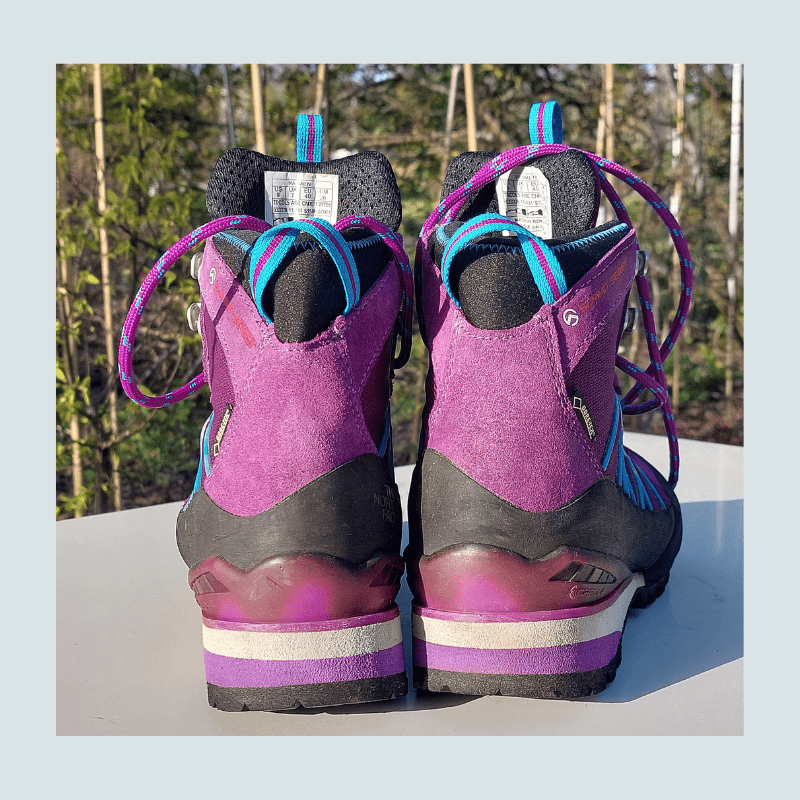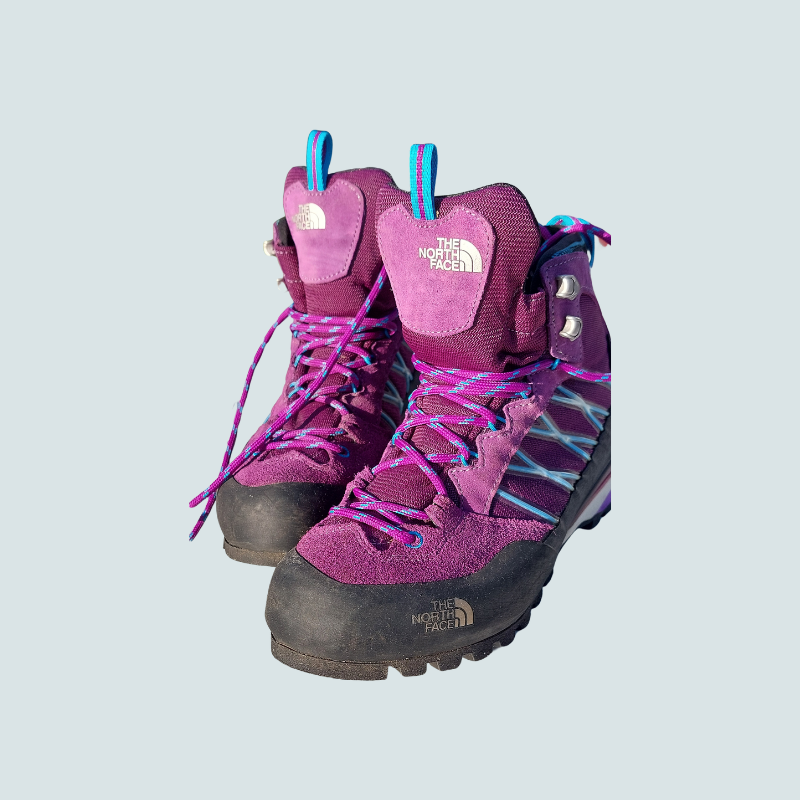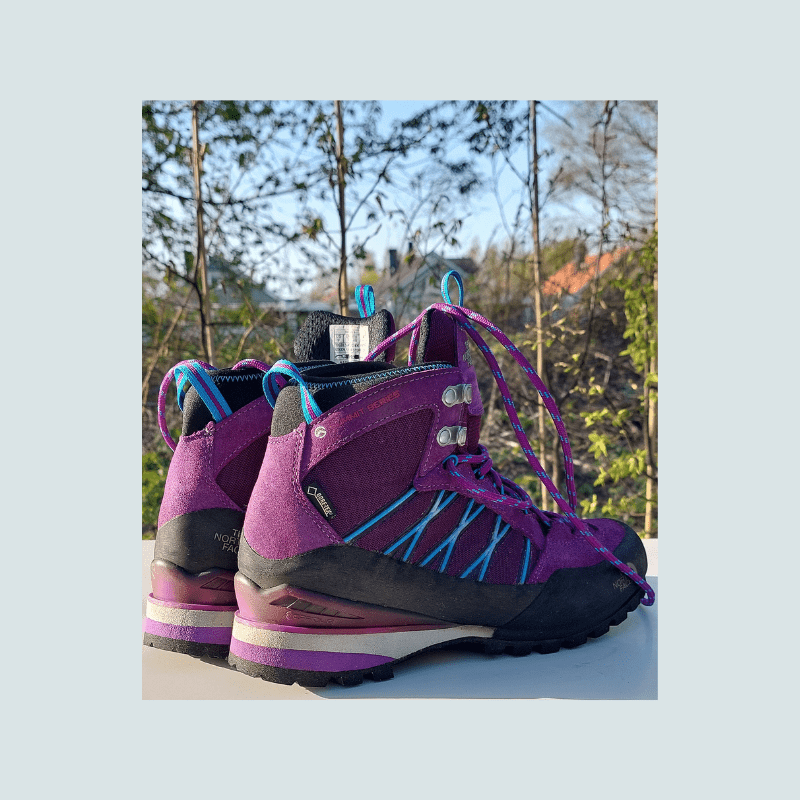Trail running is an ideal activity if you want to blend some physical exertion with the chance to connect mind, body and soul back with nature. But it is more than just exercise; it’s a chance to hone those readiness skills that you may need one day whilst at the same time enjoying being outdoors.
Here are our ten best tips for making the most of your trail running experience:
1. What are the benefits of Trail Running?
Trail running is all about embarking on a journey where you are moving faster than your normal walking pace through your choice of natural landscapes. Now, whether your choice of location is the nearby park or you have in mind to embark on a multi-day adventure up hills and across streams and navigating forests, trail running offers a varied and immersive experience where being in nature can significantly lower your stress levels.
Normally, most trails are pretty soft, depending on the weather or time of year. Even the easiest of trails can become a little dry and dusty and hard under foot though if there has been a long sunny period – so keep this in mind
From experience choosing a trail where you’ll experience a soft terrain acts as a natural shock absorber, reducing stress on your joints, making you less tired and reducing the risk of injuries. Moreover, adapting your stride to the terrain i.e. avoiding rocks, branches, tree roots and many of other obstacles you’ll meet on your way – is a part of the fun 🙂. Plus if you look on the bright side, the more you are moving, hopping, jumping around it engages and strengthens a multitude of muscles (some you probably didn’t know you had), making the run less punishing on the body.
2. Switch Off, Embrace Nature
Running on trails is fundamentally different from pounding the pavement, tarmac or urban sprawl you may encounter on your normal running route. You can leave behind concerns about avoiding cars, bikes or street furniture and focus on the immediate challenges of the trail.
Opening up your senses to what is around you, the sights, sounds and smells of being outdoors helps you to fully disconnect from whatever that dark cloud was over you. Allow yourself to enjoy a peaceful and invigorating run, focus on the moment – switch off, and let mother nature envelope you in a sense of awe as you discover diverse landscapes, hear sounds that are drowned out in the city and take pleasure in being outdoors.
Buy Better Quality For Less
Different items arriving daily. New & Unused, and Second hand.
3. Adjust Your Pace
Trail running depending on the severity of the terrain can demand a more respectful, slower pace – especially if this is the first time on a particular trail. Slow doesn’t mean disaster, remember the focus is on being outdoors rather than continually looking at your watch to see if you are doing a PB. When you get more familiar with a trail, yes you can open up the speed a bit, maybe do a fartlek if you want get your pulse racing, but leave that to those parts of the trail that have good visibility on where you are running.
Trail running is about the journey rather than the speed, being out on the trails you’ll focus more and more on duration, focusing on how long you are out rather than how far or fast you go.
4. Look Ahead And Anticipate What’s Coming
It’s a difficult habit to shake – but when you are running somewhere unfamiliar, especially on a trail where you encounter numerous obstacles you’ll need to avoid that you end up looking at your feet. Now, nice that it is to look at your shiny new trainers but just like when you are driving a car, look out front and anticipate what is coming so you are ready to take action.



Keeping your gaze about 5-10 metres ahead, depending on the conditions will improve your running flow. Your brain will naturally register upcoming obstacles, allowing you to navigate them smoothly. Looking ahead also improves your posture, with your head held high you’ll be able to take a more fluid running gait and be able to absorb everything that is going on around you.
5. Shorten Your Stride
Running on uneven terrain requires shorter, quicker steps as you navigate obstacles, narrower pathways or more rocks the higher you climb. This adjustment often happens naturally as the ground becomes more varied. A shorter stride improves your flow and allows for quicker directional changes, which is essential for navigating the trail.
A faster stride rate is particularly beneficial when running uphill as you won’t be able to take those lengthy strides to cover the ground. You’ll need to adjust your breathing as well to make sure you don’t over exert yourself.
6. Select the Right Shoes
Your choice of shoes should match the terrain you’ll be running on, your running goals, and the distances you plan to cover.
First, think about the terrain you’ll be tackling: are the trails wet, slippery, rocky, or uneven? Trail running shoes are designed with different rubber compounds and deeper tread patterns to handle various surfaces, so matching the shoe to the terrain will help.
Next, consider your running goals and distances. Are you preparing for short, intense runs or longer, endurance-based excursions? Some shoes offer additional stiffness for stability and foot protection.
7. There Is No Such Thing As Bad Weather, Just Bad Clothing
Wear clothing that you feel comfortable running in. Experiment with what you have in your wardrobe to trial and test what works best for you. A lot will depend on how far you are going, the terrain and the weather.
My advice is to wear clothing made from moisture-wicking materials to keep sweat away from your skin. This helps to regulate your body temperature and prevent chafing.



Depending on the weather, consider layering your clothes. Start with a moisture-wicking base layer, add an insulating layer for warmth, and top it with a lightweight, waterproof, and windproof jacket to protect against the elements. Invest in good-quality trail running socks that prevent blisters and wick moisture. Some trail runners prefer compression socks for added support.
Pack suitable outerwear, water, and snacks in a running backpack if you plan to be out for an extended period. Remember, your body cools down rapidly when you stop running, so be prepared.
My rule of thumb is to always dress how I would feel 20 minutes into the run – that makes me think of how warm I’ll be so as to avoid overdressing and having too many layers.
8. Backpack or Hydration Vest?
A running backpack or vest can be a practical and comfortable companion on your runs. Make sure to try out any gear thoroughly though before you hit the trails and regret taking.
As always the key to a successful day out on the trails is comfort; an ill-fitting backpack can ruin your experience. For long runs, choose a backpack with ample space for water, energy supplies, your phone, rainwear if needed, and a small first aid kit. Often when you set out with a backpack it can feel uncomfortable, and it does take time until you get to that point that you’ll hardly notice it’s there.
As a tip, if I am running in hot weather and I think I’ll end up really sweaty or it is going to rain and no doubt I will be soaked, I will rub in some vaseline in those places I think there will be some friction between the skin and wet clothing, especially if you are carrying a backpack. Prevention is better than cure 🙂.
For shorter runs, a hydration vest with space for liquids and your phone is often sufficient or maybe take a small bottle of water or water belt with room for multiple small bottles, snacks and a place for your keys and phone.
For longer runs, carry energy gels, bars, or snacks to keep your energy levels up. Plan your nutrition based on the duration and intensity of your run.
9. Navigation Tools
A GPS watch can help you track your route, pace, and distance. Some advanced models also offer navigation features.
In unfamiliar areas, bring a map and compass as a backup in case your electronic devices fail or may be think of this as preparation in case a situation ever occurred where you were not able to use GPS.
If you are keen to take your phone, download a reliable trail running app to help navigate and discover new trails and of course if you are going out for a multi-day adventure let friends and family know where you are going and when to expect you back.
10. Enjoy The Outdoors
Don’t forget to appreciate the beauty around you. Whether you’re in the mountains, forests, expansive farmlands or along the coast, take time to stop and absorb your surroundings.
Pack some energy-boosting snacks and take breaks to rest and refuel. The goal is to combine physical activity with the joy of being outdoors.
If you have the space, don’t forget to take a compact first aid kit for dealing with minor injuries. Include band-aids, blister treatment, antiseptic wipes, and pain relievers – you never know what can happen on a trail, and you may also be able to help others if you come across another person on the trail who is injured.
A big tip from me is to also take a whistle, can be a crucial tool for signalling for help in an emergency or to get somebody’s attention if you need to. I also use it when I am out on my bicycle if those with four wheels are getting a little too close, and it does the trick.
Trail running not only enhances your physical fitness but also prepares you mentally and physically for unexpected situations. By integrating these tips into your routine, you can turn each run into a valuable training session on how your body works under stress, how to be observant of what is going on around you and what kind of refuelling strategy works best for you.
Subscribe and get 10% off today.
Get the latest news, new product arrivals and discounts straight into your inbox.
Subscribe & Get A 10% Discount.
Don’t miss out on news, the latest new products and special time limited offers 🙂

